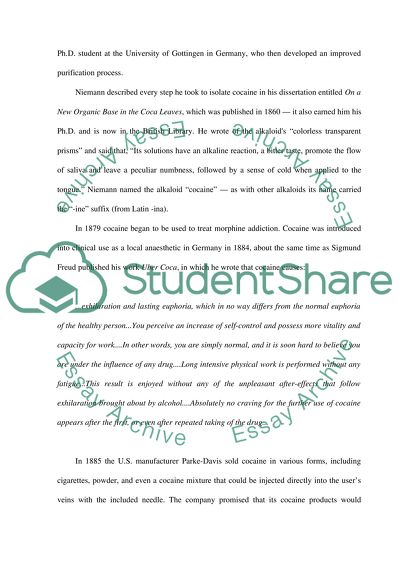Cite this document
(“The History of Cocaine Essay Example | Topics and Well Written Essays - 2500 words”, n.d.)
Retrieved from https://studentshare.org/history/1499752-the-history-of-cocaine
Retrieved from https://studentshare.org/history/1499752-the-history-of-cocaine
(The History of Cocaine Essay Example | Topics and Well Written Essays - 2500 Words)
https://studentshare.org/history/1499752-the-history-of-cocaine.
https://studentshare.org/history/1499752-the-history-of-cocaine.
“The History of Cocaine Essay Example | Topics and Well Written Essays - 2500 Words”, n.d. https://studentshare.org/history/1499752-the-history-of-cocaine.


